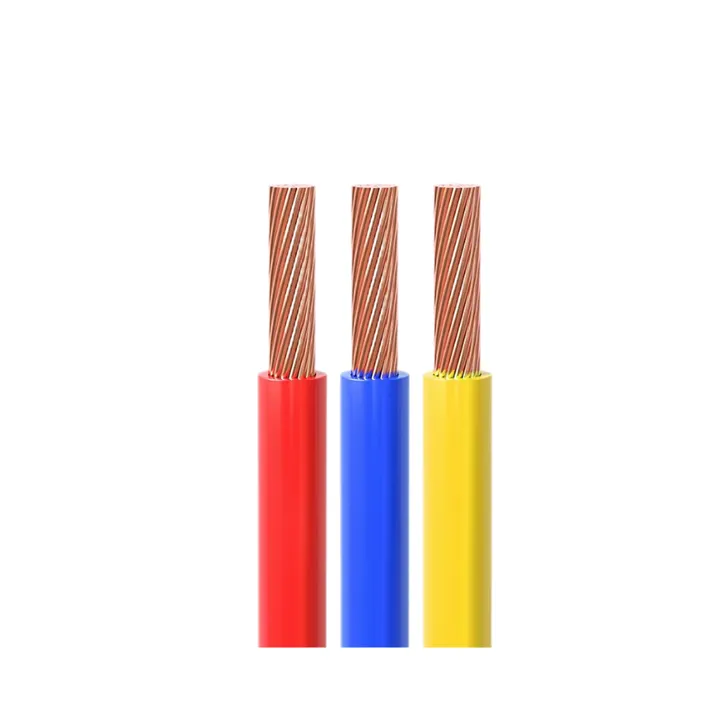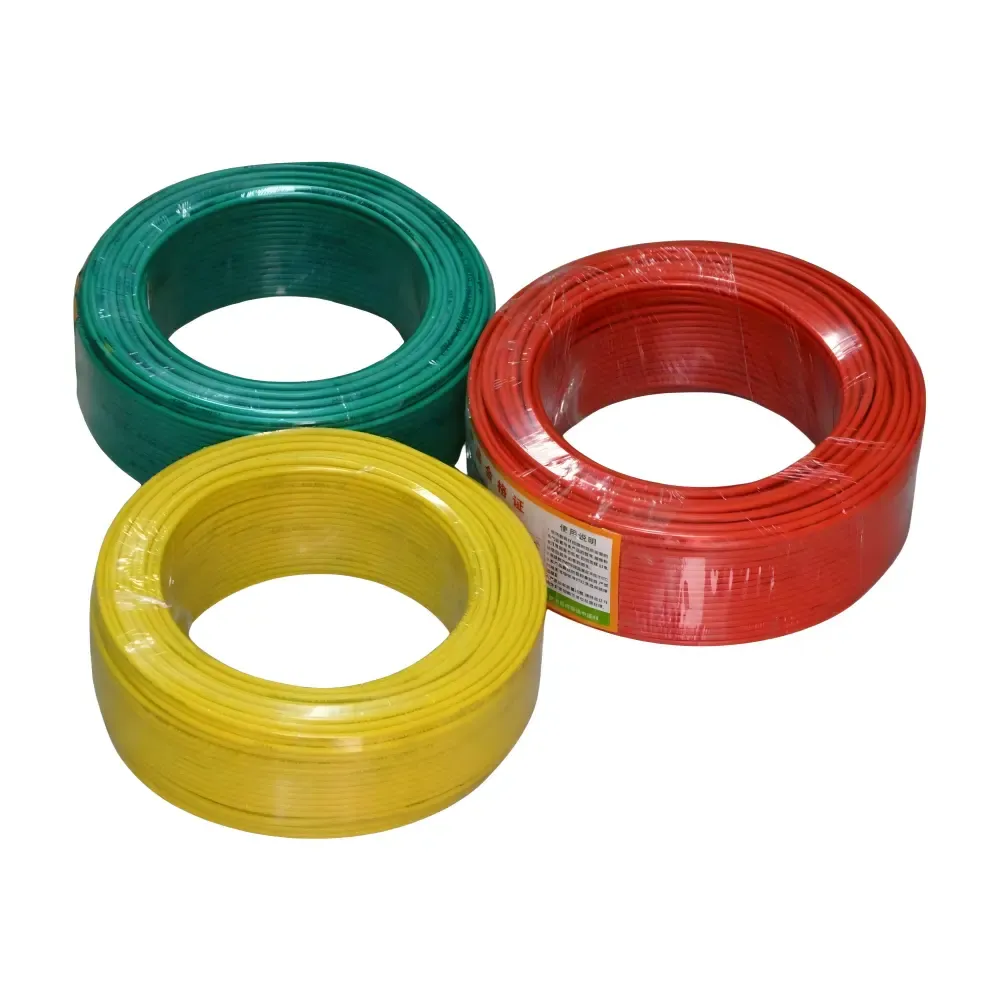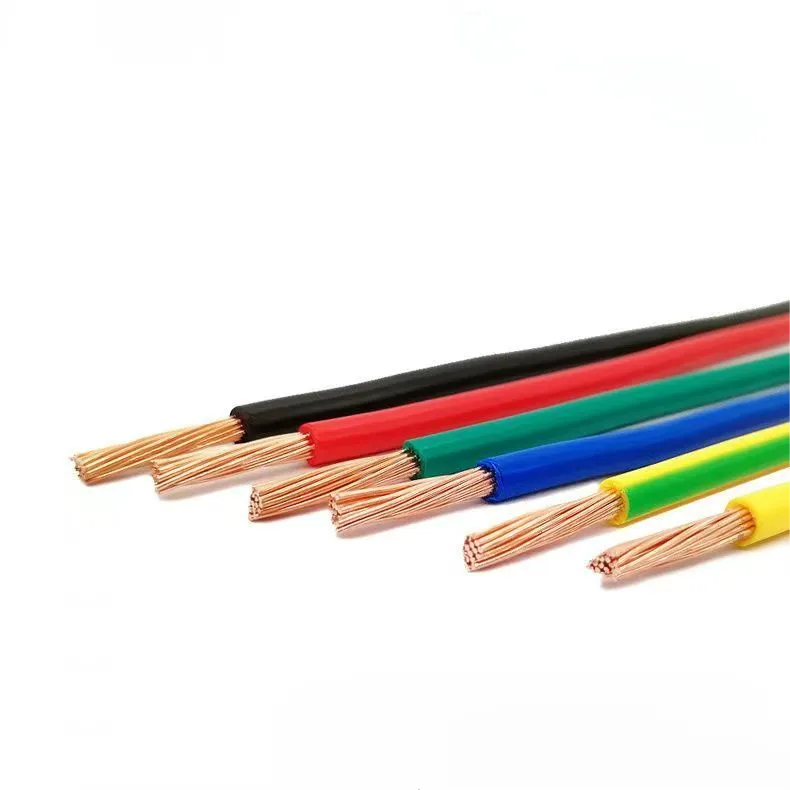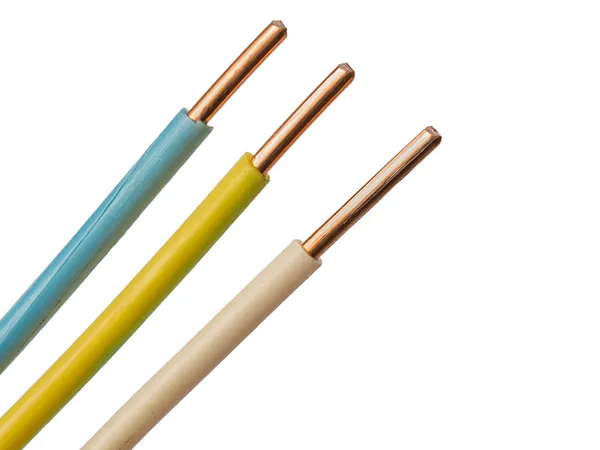Best Cable Types for Underground Power Projects
Time: 2025-07-03 16:01:14
Source: Henan Province Jianyun Cable Co., Ltd.
Selecting the appropriate cable types for underground power projects is critical to ensure reliability, safety, and compliance with regulatory standards. Underground cables must withstand environmental challenges such as moisture, soil corrosion, mechanical stress, and temperature variations while delivering consistent electrical performance. Manufacturers like Henan Province Jianyun Cable Co., Ltd., known for their range of low-voltage, medium-voltage, and specialized cables, offer solutions tailored for underground applications. This guide outlines the best cable types for underground power projects, their characteristics, and considerations for selection, presented in a formal and structured manner.
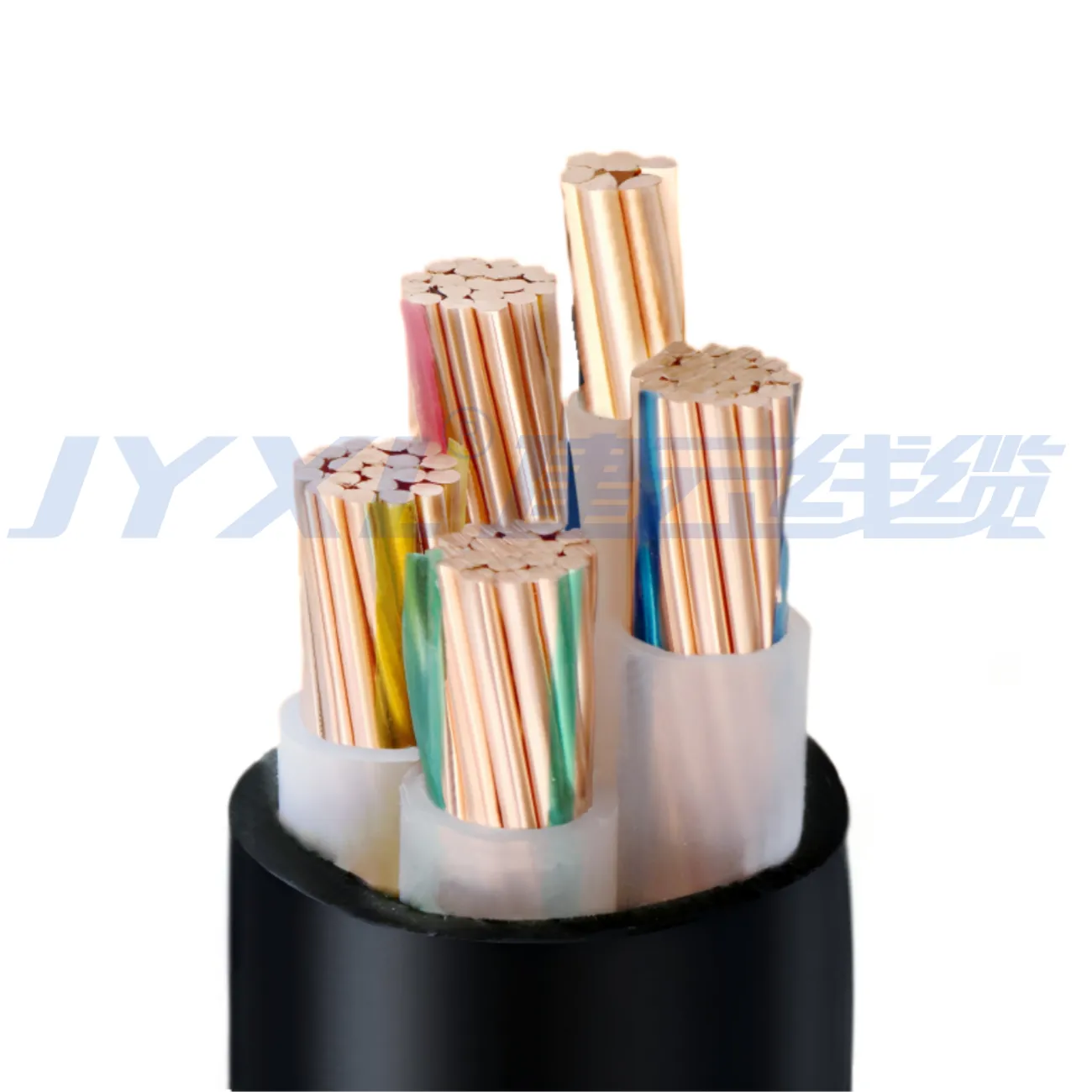
Table of Contents
1. Key Considerations for Underground Power Cables
Underground power cables must meet specific requirements to ensure durability and performance in challenging subsurface environments. Key factors to consider include:
-
Environmental Resistance: Cables must resist moisture, chemicals, and soil corrosion, requiring robust insulation and jacketing materials.
-
Mechanical Strength: Cables should withstand physical stresses from soil pressure, ground movement, or installation processes like trenching.
-
Voltage Rating: Select cables based on the project’s voltage requirements, typically low-voltage (up to 1kV), medium-voltage (1–35kV), or high-voltage (above 35kV).
-
Fire Performance: For cables in confined spaces or critical infrastructure, fire-resistant or low-smoke, zero-halogen (LSZH) properties may be required.
-
Regulatory Compliance: Ensure compliance with standards like IEC, UL, or CE, including the EU’s Construction Products Regulation (CPR) for fire performance in construction settings.
-
Installation Conditions: Consider direct burial, ducted installation, or conduit use, as these affect cable design and protection needs.
2. Recommended Cable Types
Several cable types are well-suited for underground power projects, each designed for specific applications and voltage levels. Below are the most commonly used types:
2.1 Low-Voltage Power Cables (0.6/1kV)
-
Description: Used for residential, commercial, and small industrial power distribution, typically up to 1kV.
-
Construction: Copper or aluminum conductors with cross-linked polyethylene (XLPE) or polyvinyl chloride (PVC) insulation, often armored with steel wire or tape for mechanical protection.
-
Applications: Underground distribution networks, street lighting, and building power supply.
-
Examples: YJV (XLPE-insulated, PVC-sheathed), VV (PVC-insulated, PVC-sheathed), as offered by Jianyun Cable.
-
Advantages: Cost-effective, easy to install, and widely available.
-
Standards: IEC 60502-1, UL 83, EN 50525.
2.2 Medium-Voltage Power Cables (1–35kV)
-
Description: Designed for utility and industrial power distribution, typically 6/10kV, 8.7/15kV, or 12/20kV.
-
Construction: Copper or aluminum conductors with XLPE insulation, metallic shielding (e.g., copper tape), and armoring (e.g., steel wire or aluminum wire) for enhanced protection. Outer sheaths are typically PVC or polyethylene (PE).
-
Applications: Urban power grids, renewable energy projects (e.g., wind, solar), and industrial facilities.
-
Examples: N2XSY (XLPE-insulated, single-core, copper conductor), NA2XSY (aluminum conductor), as provided by Jianyun Cable.
-
Advantages: High dielectric strength, suitable for long-distance transmission, and resistant to moisture and corrosion.
-
Standards: IEC 60502-2, UL 1072.
2.3 High-Voltage Power Cables (Above 35kV)
-
Description: Used for high-capacity power transmission over long distances, typically 66kV and above.
-
Construction: Copper or aluminum conductors with XLPE insulation, robust metallic shielding, and heavy-duty armoring. Often include water-blocking layers for enhanced moisture resistance.
-
Applications: Major utility networks, interconnections between substations, and large renewable energy projects.
-
Examples: YJLW02 (XLPE-insulated, corrugated aluminum sheath), offered by specialized manufacturers.
-
Advantages: High reliability for critical infrastructure, excellent moisture and mechanical resistance.
-
Standards: IEC 60840, IEC 62067.
2.4 Direct Burial Cables
-
Description: Specifically designed for direct burial without additional conduits, featuring enhanced protection against moisture and mechanical damage.
-
Construction: Copper or aluminum conductors with XLPE or EPR insulation, steel or aluminum armoring, and a durable outer sheath (e.g., PE or PVC).
-
Applications: Rural power distribution, residential connections, and small-scale renewable projects.
-
Examples: USE-2 (for low-voltage applications in North America), armored YJV cables from Jianyun Cable.
-
Advantages: Eliminates the need for conduits, reducing installation costs.
-
Standards: UL 854, IEC 60502-1.
2.5 Armored Cables
-
Description: Feature additional mechanical protection through steel wire or tape armoring, ideal for harsh underground conditions.
-
Construction: Copper or aluminum conductors with XLPE or PVC insulation, steel wire/tape armoring, and a protective outer sheath.
-
Applications: Areas with high soil pressure, rocky terrain, or risk of physical damage.
-
Examples: SWA (Steel Wire Armored) cables, STA (Steel Tape Armored) cables, as produced by Jianyun Cable.
-
Advantages: Superior mechanical strength, suitable for direct burial or ducted installations.
-
Standards: IEC 60502-1, BS 5467.
2.6 Low-Smoke, Zero-Halogen (LSZH) Cables
-
Description: Designed for safety in confined or populated areas, these cables emit minimal smoke and no toxic halogens when exposed to fire.
-
Construction: Copper or aluminum conductors with XLPE insulation and LSZH outer sheath, often armored for underground use.
-
Applications: Underground tunnels, metro systems, and buildings requiring high safety standards.
-
Examples: LSZH versions of YJV or N2XSY cables, available from manufacturers like Jianyun Cable.
-
Advantages: Enhanced safety in fire-prone environments, compliant with strict fire regulations.
-
Standards: IEC 60754, IEC 61034, EN 50575 (CPR).
3. Comparison of Cable Types
|
Cable Type
|
Voltage Range
|
Key Features
|
Applications
|
Standards
|
|
Low-Voltage Power Cables
|
Up to 1kV
|
XLPE/PVC insulation, optional armoring
|
Residential, commercial distribution
|
IEC 60502-1, UL 83
|
|
Medium-Voltage Power Cables
|
1–35kV
|
XLPE insulation, metallic shielding, armoring
|
Urban grids, industrial, renewable energy
|
IEC 60502-2, UL 1072
|
|
High-Voltage Power Cables
|
Above 35kV
|
XLPE insulation, water-blocking, heavy armoring
|
Utility networks, substations
|
IEC 60840, IEC 62067
|
|
Direct Burial Cables
|
Low to Medium Voltage
|
Robust insulation, armoring, moisture-resistant
|
Rural distribution, residential connections
|
UL 854, IEC 60502-1
|
|
Armored Cables
|
Low to Medium Voltage
|
Steel wire/tape armoring, durable sheath
|
Harsh terrain, high mechanical stress
|
IEC 60502-1, BS 5467
|
|
LSZH Cables
|
Low to Medium Voltage
|
Low-smoke, halogen-free, optional armoring
|
Tunnels, metro systems, safety-critical areas
|
IEC 60754, EN 50575
|
4. Additional Considerations
To select the best cable type for an underground power project, consider the following:
-
Installation Method: Direct burial requires robust armoring and moisture resistance, while ducted installations may allow less armored cables. Conduits provide additional protection but increase costs.
-
Soil Conditions: Assess soil corrosivity, moisture levels, and rock content to determine the need for additional protective layers or armoring.
-
Cost vs. Performance: Balance initial costs with long-term reliability. For example, XLPE-insulated cables are more expensive than PVC but offer better durability and performance.
-
Supplier Reliability: Choose suppliers like Jianyun Cable with proven expertise in manufacturing underground cables, offering certified products and customization options.
-
Maintenance Access: Consider accessibility for repairs or replacements, as underground cables are harder to access than overhead lines.
-
Testing and Inspection: Ensure cables undergo pre-shipment inspections, including electrical tests (e.g., insulation resistance, voltage withstand) and compliance checks (e.g., CPR, UL).
5. Conclusion
The best cable types for underground power projects depend on voltage requirements, environmental conditions, and regulatory standards. Low-voltage cables (e.g., YJV) are ideal for residential and commercial distribution, while medium- and high-voltage cables (e.g., N2XSY, YJLW02) suit utility and industrial applications. Direct burial and armored cables provide robust protection for harsh conditions, and LSZH cables are essential for safety-critical environments. Manufacturers like Henan Province Jianyun Cable Co., Ltd. offer a range of certified underground cables tailored to these needs. By carefully assessing project requirements, soil conditions, and compliance needs, and partnering with reliable suppliers, project managers can ensure safe, durable, and efficient underground power systems.

